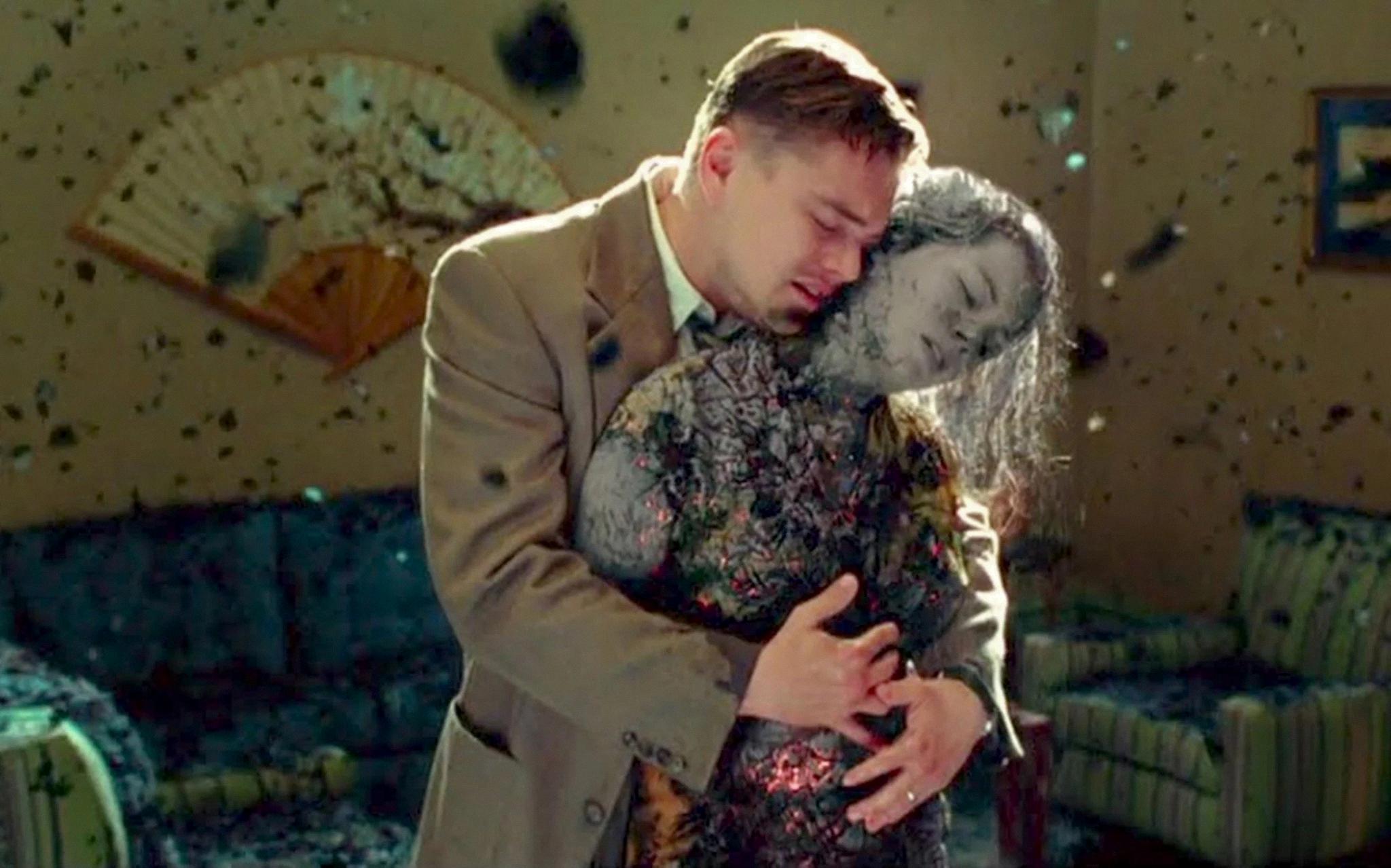Shutter Island is a psychological thriller film that was released in 2010. Directed by Martin Scorsese and starring Leonardo DiCaprio, the film is based on the novel of the same name by Dennis Lehane. The story revolves around two U.S. Marshals who visit a secluded island off the coast of Massachusetts to investigate the disappearance of a patient from a mental institution. However, as they delve deeper into the case, they uncover dark secrets about the island and its inhabitants.
One of the most common questions asked about the film is whether it is based on a true story or if Shutter Island is a real place. The answer is a bit complicated as there are elements of truth in the story, but it is ultimately a work of fiction.
The island of Shutter Island is based on Long Island in Boston Harbor. This island was home to several institutions including a hospital and a treatment center for drug addiction. During the 1950s, the Nike missile system was also located on the island. However, the island is now restricted and closed to the public, although it is part of the Boston Harbor Islands National Recreation Area.
It is important to note that while the story of Shutter Island is fictional, the film’s depiction of patient abuse is unfortunately accurate. In the 1950s, lobotomies were a common practice to “tame” or “calm” severely violent or problematic patients. The film also touches on oter forms of mistreatment and neglect that were common in mental institutions during that time.
One of the most significant plot twists in the film is the revelation that DiCaprio’s character, Teddy Daniels, is actually a patient himself, committed to the institution for murdering his wife after she went insane and killed their children. This twist has led to some confusion among viewers, with some wondering if Teddy is a real person or a delusion created by another character.
In reality, Teddy is not a real person but a delusion created by inmate Andrew Laeddis. The film’s ending reveals that Teddy is actually Andrew, who has been living in a fantasy world created by his own mind to escape the guilt and trauma of his actions.
While Shutter Island is not based on a true story, there are elements of truth in the film’s depiction of patient abuse in mental institutions during the 1950s. The island itself is based on a real location, but it is now closed to the public. The film’s plot twist involving Teddy Daniels is a fictional creation, but it adds to the overall sense of confusion and uncertainty that makes Shutter Island a compelling and memorable film.
What Is The Truth About Shutter Island?
The truth about Shutter Island is that the character played by Leonardo DiCaprio, Teddy, is actually a patient at the facility, and not an investigator as he believes himself to be. The entire plot of the film is revealed to be a delusion created by inmate Andrew Laeddis, who is actually Teddy’s alternate personality. Teddy is committed to the Shutter Island facility after he murders his wife, who had gone insane and killed their children. Teddy’s investigation of the missing patient Rachel Solando and the conspiracy he believes to be happening on the island is all a figment of his imagination, created as a coping mechanism to deal with the guilt and trauma of his own actions. The film’s ending reveals the truth about Teddy’s past and his true identity as a patient, raher than an investigator.

How Much Of Shutter Island Was Real?
Shutter Island is a work of fiction, but it is based on a real island located in Boston Harbor called Long Island. The island was home to various facilities, including a hospital, a drug addiction treatment center, and the Nike missile system in the 1950s. However, the events and characters depicted in the novel are entirely fictional and not based on any real-life incidents or people. Therefore, it can be said that while the setting of the story is based on a real place, the plot, characters, and events are entirely fictional.
Is Shutter Island Accurate?
Shutter Island, as a work of fiction, cannot be considered entirely accurate. However, it is important to note that the film accurately depicts the use of lobotomies as a form of treatment for patients with mental illnesses in the 1950s. Lobotomies were a widely accepted practice during that time, and many patients were subjected to the procedure without their consent. The film also accurately portrays the harsh living conditions and mistreatment that patients were subjected to in psychiatric institutions during that era. While the specific events depicted in the film may not be entirely accurate, the ovrall portrayal of the mistreatment of patients is a sad reality that cannot be ignored.
Can You Visit Shutter Island?
It is posible to visit Shutter Island as it is part of the Boston Harbor Islands National Recreation Area. However, it is important to note that the buildings on the island have been decommissioned and are no longer in use. In fact, Ward C, which was featured prominently in the film “Shutter Island,” was completely CGI’d and does not exist on the island. Visitors can still explore the island and enjoy its natural beauty, but will not find any traces of the fictional mental institution from the movie. visiting Shutter Island can be a great opportunity to experience the natural beauty and historical significance of the Boston Harbor Islands.

Conclusion
While Shutter Island is a work of fiction, it is loosely based on a real island in Boston Harbor that was home to a hospital and treatment center for drug addiction. The island was also home to the Nike missile system in the 1950s. While lobotomies were widely practiced during this time, the depiction of patient abuse in the film is unfotunately an accurate one. Visitors can still visit the island as part of the Boston Harbor Islands National Recreation Area, but it’s important to recognize the dark history that inspired the story of Shutter Island. the film serves as a haunting reminder of the dangers of unchecked power and the importance of protecting the most vulnerable among us.
